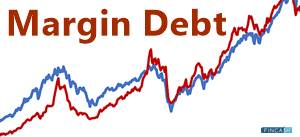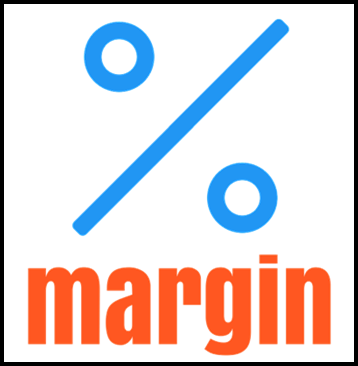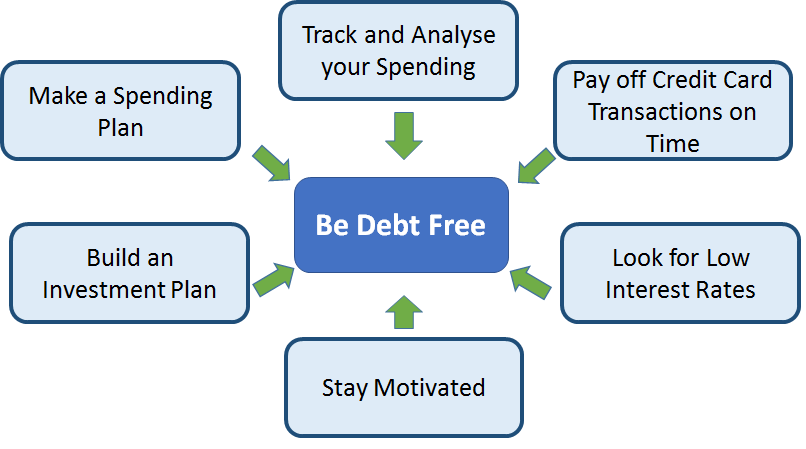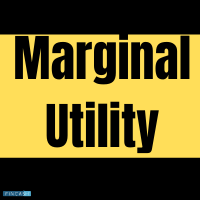What is Margin Debt?
Margin debt refers to the loan the investor borrows from a brokerage firm to make an investment. When it comes to trading through a broker, the investor can either finance the entire investment Capital themselves or borrow money from the broker. They could also deposit the initial capital into the Margin Account from their savings and borrow the rest of the funds from a brokerage firm. The amount they borrow is known as the margin debt, while the rest of the capital is known as equity.

Margin debt allows the investor to use the margin funds on buying stocks and securities without having to fund the entire investment capital using their savings. Usually, investors use the margin debt when they buy the securities they want to short sell. Suppose you would like to purchase 1000 shares of a reputable company for INR 3,681 per share. Now, you are going to need INR 3,681,280 for investment. If you don’t want to use all your savings, you can use margin debt to finance this investment. Your broker is allowed to fund 50% of your investment, which means they can lend you INR 18,40,640.
What are the Risks Involved in Margin Debt?
Regulatory bodies have set forth the minimum margin maintenance requirements for all investors. However, the brokerage firm can set its own rules. For example, many brokerage firms require investors to have at least 30% of the maintenance level. That means the investor is supposed to have 30% of the total investment value in their margin account. The investor could use the securities they have purchased from the company as Collateral. In other words, the loan can be secured by the shares of the company.
Now, margin debts come with their share of risks. If the value of the shares you had purchased from the margin funds drops to INR 1840, your margin debt will remain unchanged. However, your equity will drop. If it drops below the minimum maintenance level, then the broker will make a margin Call. They will ask you to either sell the existing stocks or deposit more funds into your margin account to recover the loss. If you Fail to fulfill the Margin Call requirements, the brokerage firm will sell your securities to settle your margin debt. Usually, the investor is asked to bring the value of their margin account up to the required maintenance level by depositing additional funds.
Talk to our investment specialist
Benefits of the Margin Debt
While margin debt does carry risks, it can be a lucrative investment opportunity for experienced investors. Let’s say the value of the shares rises to INR 7,362. As you own 1,000 shares of this company, you will have shares worth INR 73,62,560. You will make a profit of INR 36,81,280 after repaying the broker (assuming that it was a commission-free debt). You would get the same return if you used cash to fund the investment. However, margin debt allows you to earn whopping returns with only half of your capital (since the other half is financed by your broker).
All efforts have been made to ensure the information provided here is accurate. However, no guarantees are made regarding correctness of data. Please verify with scheme information document before making any investment.












